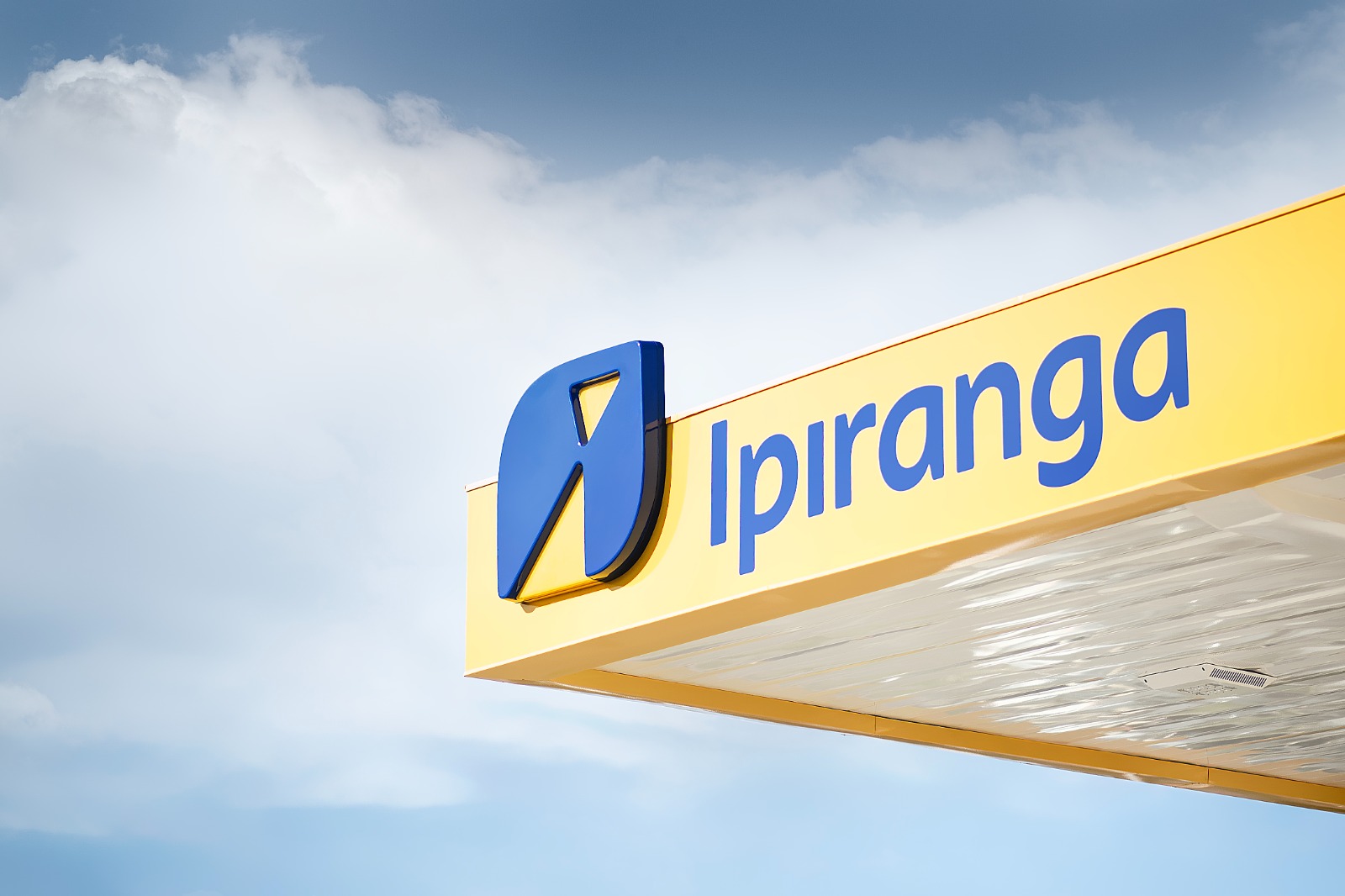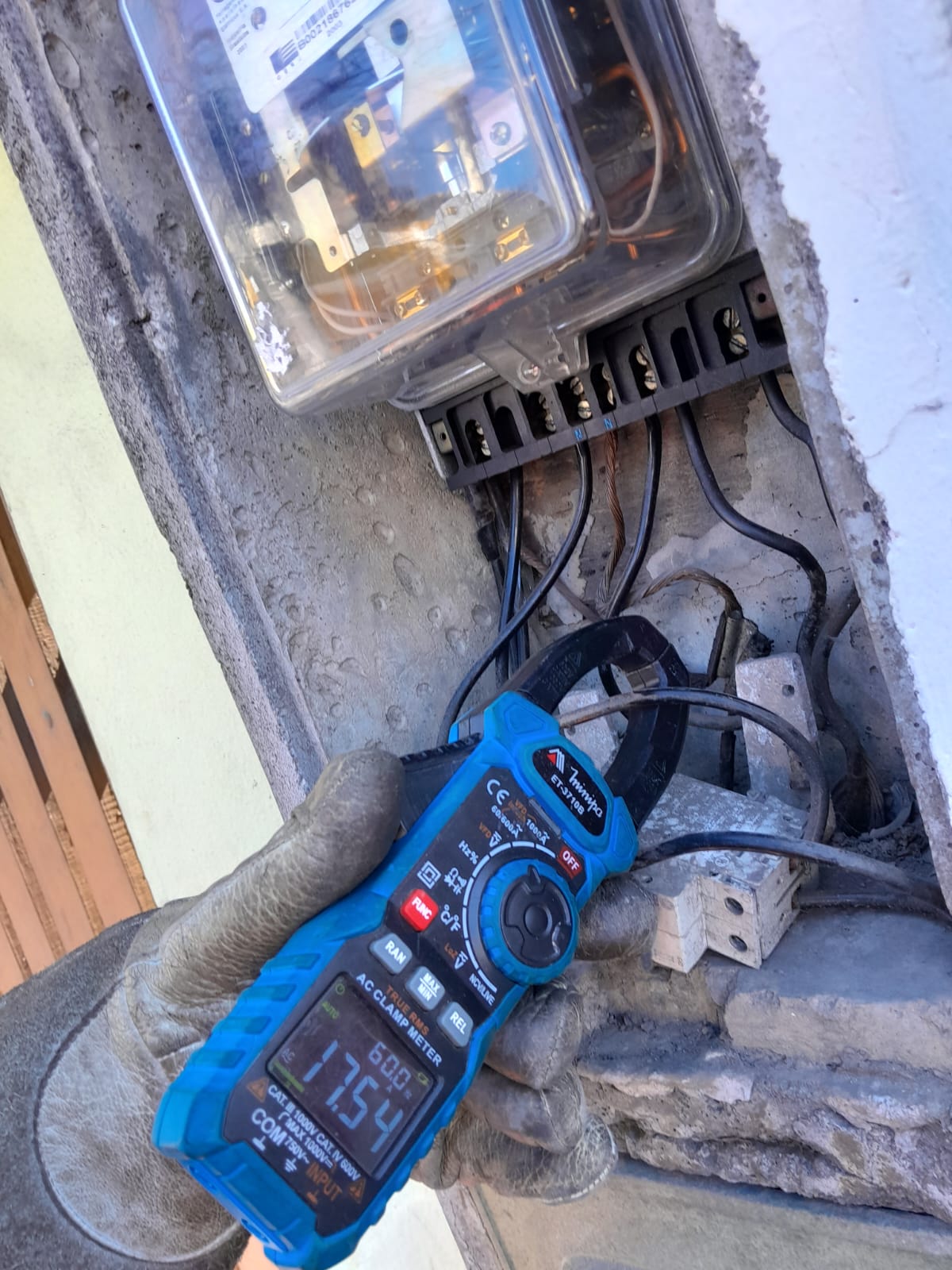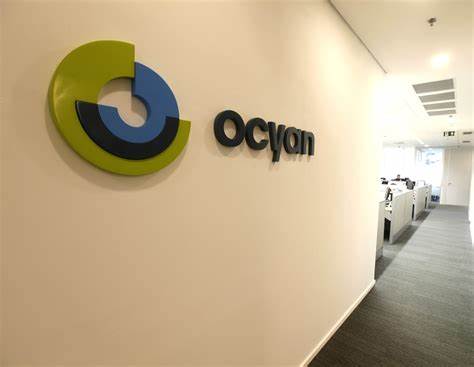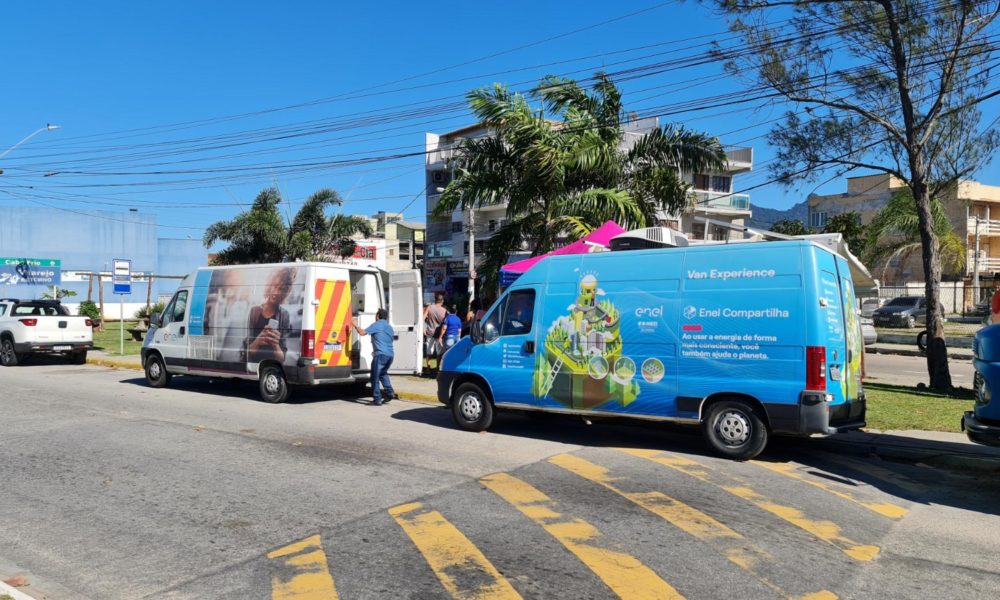Pre-Salt layer: The future of the country
The findings of the pre-salt layer were the major news of the offshore market in recent years. Announced by Petrobras on Nov. 8, 2007, the first pre-salt field of Tupi also symbolizes the prospect of a new oil frontier for the country. With reserves estimated at 5 to 8 billion barrels of oil, the Tupi field in Brazil brings the country from being a medium oil producer in the industry, to become established as one of the major exporters such as the Arab countries and Venezuela.
The difficulty at the moment has become the stratospheric investment that the country must do to explore all that black gold and also the technological challenges to be faced, since the pre-salt layer is about 800 kilometers long and runs from the coast of Santa Catarina to Espírito Santo. In addition to Tupi, which is considered the main area; there were other exploitation fields discovered such as: Guará, Bem-Te-Vi, Carioca, Jupiter and Iara, among others.
On the first of May, a landmark for the Brazilian oil industry was achieved: the first extraction of oil from the pre-salt layer in the Santos Bay (SP), almost 300 kilometers off the Brazilian coast, and 5,313 meters deep, in the well 1-RJS-646.
The first version of the Master Plan for Integrated Development of the Pre-Salt Site of Santos Bay(SP), where were established the main strategies and projects, has already been approved. The first phase is focused on the acquisition of geological information and production through the drilling of 22 exploratory wells for reservoir limiting and long duration tests (TLD), besides Tupi, which is the original site. The second phase seeks to deploy the final production systems, which will enable a production that will exceed 1 million barrels of oil daily by 2017 and 1.8 million barrels daily by 2020.
According to the Brazilian Minister of Mines and Energy Edison Lobão, oil below the seabed will increase Brazil´s self-sufficiency energy for about half century.
Meanwhile, in reference to the current production figures, Campos Basin (SP) maintains its national leadership: It’s responsible for 80% of the oil and about 50% of the natural gas production.
In the financial market, the contraction of demand and dropping oil prices has meant that all major oil companies have reduced profit in the first quarter of 2009. Petrobras, however, had good results. That’s because domestic prices of gasoline and diesel remained unchanged, and these two fuels account for about 60% of sales of the supplying industry.
Campos Basin: the apple of the oil industry´s eyes.
With an estimated average production of 1,750 thousand barrels of oil per day in 2009, and about 7,200 kilometers of flexible and umbilical cavles for routing oil to the land, Campos basin is the apple of the industry´s eye. It is responsible for 80% of the domestic oil and 50% of the natural gas production.
In total, the figures amount to 2,350 wells drilled, being 675 of them active, 151 drills and 524 producers in Campos Basin. Forty-five platforms employ 30 thousand workers in Petrobras´ offshore unit at the Basin, which has 45 exploitation fields in production with full participation of the company. In partnership regimen there are four other fields operated by Petrobras and eight operated by third parties. The numbers reflect the great expectation of the Petrobras´ Business Plan for Campos Basin in the period of 2009-2013: the goal is to move from the current 1,750 thousand barrels of oil per day (2009) to 2.067 million bpd in 2013.
In the 2009-2013 Business Plan, Petrobras will invest a total of US$ 174.4 billion. Most of it will be designated towards the Exploration & Production (E & P) area, U.S.$ 104.6 billion. E & P is followed by Supply sector (US$ 43.4 billion), Gas and Energy ($ 11.8 billion), Petrochemicals (US$ 5.6 billion), Distribution (US$ 3 billion), Corporate (US$ 3.2 billion) and Bio-fuels ($ 2.8 billion).
In May, Petrobras projected its funding needs for the next five years. From the US$ 26 billion of the company´s projection need for the period between 2009 and 2013 to supplement its cash flow, it has already received US$ 30 billion. In other words, this means that at the moment the company is in a pretty comfortable state of affairs, since the expectations were achieved before even receiving a second financing assistance from the National Bank of Economic and Social Development (BNDES) in the amount of US$ 10 billion promised for 2010.
With these US$ 30 billion that the company already raised, they guarantee the investment of US$ 174.4 billion over the next five years even if the oil price remains in the same current level, which is around US$ 60 a barrel. Though this is not expected, in light of the shortage of new investments in production and considering that there is a natural decline in productivity in the exploitation fields that are already supplying the global demand.
"With the current oil prices we have already gotten ourselves all the financing that we need. They said that Petrobras could not exploit the pre-salt surface in account of technical deficiency and financial problems. And none of that is true. Producing light oil at that depth is not a problem for the company", says the chief financial officer of Petrobras, Almir Barbassa.
Petrobras and the local market supply
There are some specific labor areas, such as technology and construction work in offshore environment, for example, in which Petrobras still notices a lack of local qualification due to their specificities. Another point that could be improved is the service time, in other words, the need for more solutions in less time.
Overall, the local market is responding very well to the demands of Petrobras in the Campos Basin. In 2008, for instance, the company handled in transactions about R$ 3,4 billion in procuring goods and services in the Campos Basin. Results like this show how much the market has been growing and how much Petrobras can still contribute, by stressing its commitment to the development of the region and participating with local content in the projects.
Santos Basin: the ancestor of the pre-salt layer
Since the first of May this year, the test of long duration (TLD) is being performed in the Tupi area, through the RJS-646 drilling, with a daily production of about 14 thousand barrels of oil per day. In the pre-salt layer of the Santos Basin, the only production currently being made is in Tupi’s TLD. Besides the pre-salt layer, the Santos Basin is also a producer in the gas fields of Merluza and Lagosta, about 180 kilometers from the coast off Praia Grande, which together produces, since April 25th (when the production started in Lagosta) about 1 million m3/day of gas.
The investments in projects with implantation forecast to happen by the end of 2010 reach $ 12 billion (which includes projects for the Tupi TLD, Lagosta, Mexilhão, Uruguá-Tambaú, The Tupi Pilot, the Gas Treatment Unit Monteiro Lobato, the TLDs of Tiro, Sidon and Gastau). Throughout the unit of the Santos Basin, investments between 2009 and 2013 will amount to US$ 40 billion. Out of that sum, in the pre-salt projects of UN-BS alone, the value reaches U.S.$ 19 billion.
The ongoing UN-BS projects employ today in the Gas Processing Unit Monteiro Lobato (UTGCA) in Caraguatatuba (SP), about 1.9 thousand people (and should reach 2.3 thousand at the peak of the project), in Gastau (pipeline Caraguatatuba-Taubaté), over a thousand people (should reach up to 2 thousand), in building the platform of Mexilhão (PMXL-1) in Mauá shipyard in Niterói (RJ), currently about 2.3 thousand people are employed, in the city of Santos, where the UN-BS headquarters is located , today there are about 800 people working for the Unit. Soon the construction work of the final Head
Fonte: Click Macaé - Janira Braga










